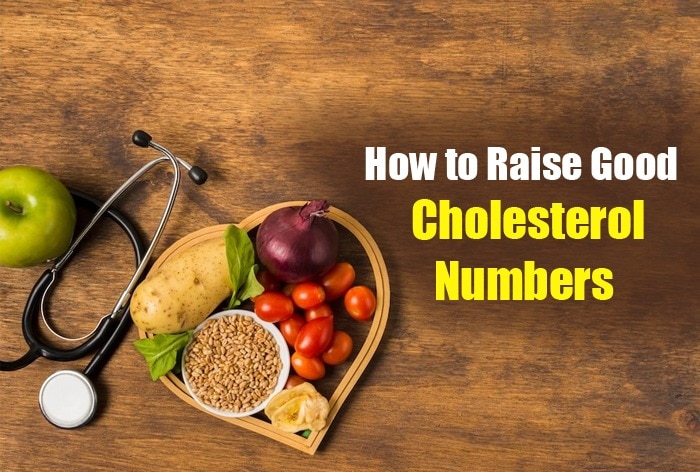Exercise is not the only way to increase good cholesterol. Here are some healthy food options that you can add to your diet as well.
As we all know, eating foods that have been highly processed can increase your risk of developing a number of lifestyle-related diseases, including high cholesterol. Although we have heard that having more cholesterol is not healthy, we must tell you that there is also good cholesterol. There are two types of cholesterol: Low-density lipoprotein (LDL) cholesterol: the ‘bad’ cholesterol. LDL cholesterol is “bad” because it sticks to artery walls when levels are high. High-density lipoprotein (HDL) cholesterol – the ‘good’ cholesterol. Because it removes “bad” cholesterol from the blood vessels, HDL cholesterol is “healthy.” And how do you increase good cholesterol in the body? While exercise and a healthy lifestyle are key, food also plays a role.
Celebrity nutritionist, Lovneet Batra shared a list of healthy food ingredients that can help increase good cholesterol levels. She says, “Exercise isn’t the only way you can raise your good cholesterol—you can also add these foods to your diet.”
5 healthy foods to increase good cholesterol levels
- Chia seeds: Chia seeds are a good source of plant-based omega-3 fatty acids, fiber, and other healthy nutrients. Adding chia seeds to your diet can help lower LDL levels and lower blood pressure.
- Barley: Chewy whole grain is another great way to fill up on beta glucan, the soluble fiber that can help improve your HDL to LDL ratio.
- walnuts: The fat found in walnuts is primarily omega-3 fats, a type of monounsaturated fatty acid that has protective qualities for the heart. Therefore, walnuts lower total blood cholesterol and increase HDL. [good cholesterol].
- Coconut oil: Coconut oil has been shown to raise cholesterol levels, both good and bad. And, in truth, medium chain triglycerides make up only a small amount of the fatty acids in coconut oil.
- Soybean: The vegetarian equivalent of meat, soy is bursting with unsaturated fat, fiber, and protein goodness. In addition, soy isoflavones increase HDL levels and if phytoestrogens reduce LDL and triglyceride levels, thus improving your lipid profile.
$(document).ready(function(){
$(‘#commentbtn’).on(“click”,function(){
(function(d, s, id) {
var js, fjs = d.getElementsByTagName(s)[0];
if (d.getElementById(id)) return;
js = d.createElement(s); js.id = id;
js.src = “//connect.facebook.net/en_US/all.js#xfbml=1&appId=178196885542208”;
fjs.parentNode.insertBefore(js, fjs);
}(document, ‘script’, ‘facebook-jssdk’));
$(“.cmntbox”).toggle();
});
});
